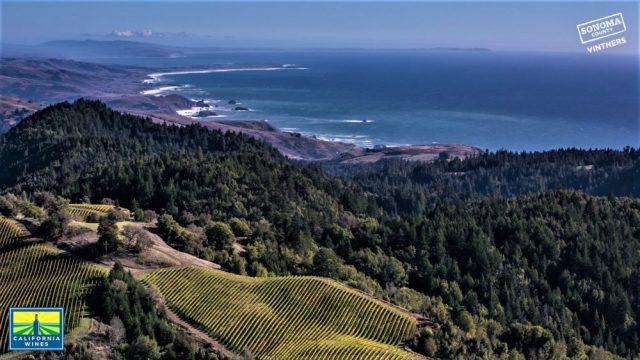Ok, this is a bit silly, but I thought I’d share it anyway. With the massive amount of Zoom-ing going on—whether you’re wine tasting or just chatting with Mom—maybe you need a fun way to spice it up a bit. I’ve seen folks using generic, Zoom-supplied background images; a few people are savvy enough (and good enough photographers) to supply their own. Now, if you want to pretend you’re in Wine Country (or have other people “think” you are [right]) the Wine Institute is supplying images that “depict stunning vineyard and winery scenes across the Golden State.” It’s pretty cool, you got your classic Napa and Sonoma scenes, but also a few from Lake County, Paso Robles, and even El Dorado County.
Below is the formal press release, including all the links and instructions you’ll need. Just a bit of fun I thought I’d share—I know I’ll be downloading a few myself. Cheers.






